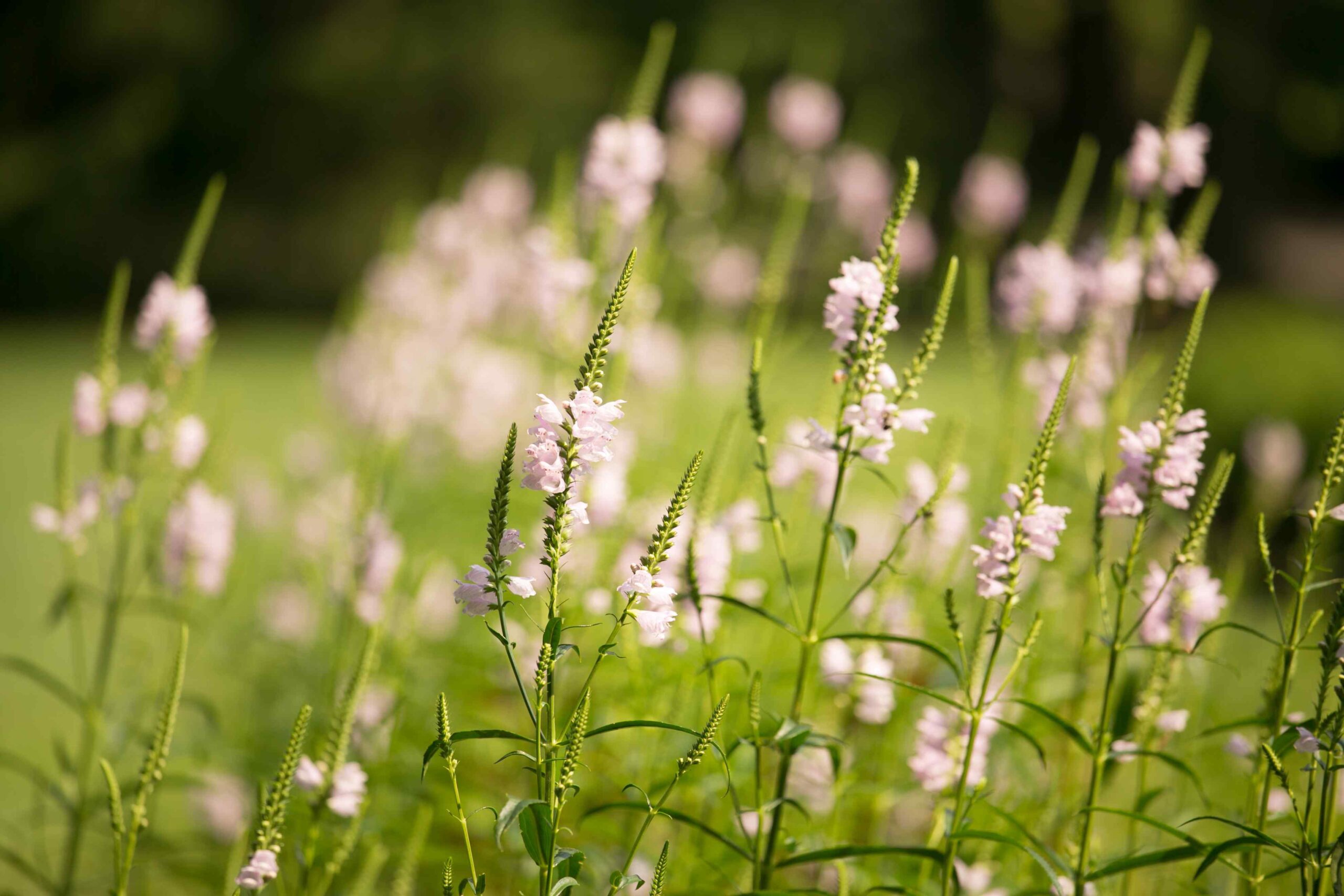

Foundation planting is a great way to boost curb appeal by complementing your home’s exterior, making it feel more welcoming, and unifying your home with the surrounding landscape. Foundation planting can even increase the property value of your home by more than 10 percent!
To enjoy these benefits, it’s important to rejuvenate a home’s foundation planting periodically. Plantings that at one time framed the home beautifully may well become overgrown and out of scale with the structure and size of the house, sometimes blocking windows and impeding on walkways.
With our expert tips and guidance, you can transform your landscape into a breathtaking masterpiece that perfectly frames and accentuates the beauty of your home.
What is Foundation Planting?
Foundation planting involves installing beds of plants along the perimeter of a house using a combination of evergreen and deciduous shrubs, ornamental grasses, perennials, and flowering trees.
The classic approach to foundation planting consists of three parts:
- Entryway plantings to draw the eye to the front door
- Corner plantings to anchor the house
- Plantings to bridge gaps between these areas
These plantings are not necessarily restricted to the front of the house; they typically extend along the sides and even around the back of the house, as well.
How Often Should Foundational Planting Be Refreshed?
Standard foundation landscaping has a considerable lifespan, lasting about 10 to 15 years, when property cared for, before it requires a refresh or removal of plants.
After about 10 years, some shrubs and plants may become too large for the area and look overgrown and out of scale. Large plants can also cause problems by interfering with gutters, rubbing against the siding and causing mold to grow on the exterior of the house.
When Is the Best Time to Transplant and Plant?
The ideal time to change out your foundation plantings largely depends on the climate and the specific needs of the plants. Generally, the best time for landscape planting is in the cool spring months or in the fall before the ground freezes.
These seasons offer more favorable conditions for transplanting or replacing plants without subjecting them to the stress of extreme temperatures. Spring, with its milder weather and increased moisture, provides an opportune timeframe for new growth and establishment.
On the other hand, fall is excellent for planting as it allows roots to develop and become established before winter sets in.
That makes late winter and late summer the ideal times for planning and designing your foundation plantings and ordering the plants. Work with your landscape professional to determine the best time for your project and collaborate on both the design and choosing the plants that will flourish in your specific situation.
Top Tips for a Fresh Foundational Planting
Foundation planting can transform the appearance of your home and create a welcoming ambiance. To ensure a successful and visually appealing landscape, consider these essential tips when planning and designing your foundation planting.
- Vary plant colors and textures: This adds visual interest to your landscaping. Choose plants that complement the overall architecture, style and color of your home.
- Consider all four seasons: You want your plants to look good all year long. Evergreens give foundation plantings year-round structure. Incorporate deciduous shrubs and perennials for more ornamental appeal. Lastly, choose plants with staggered bloom times from early spring to late summer to ensure your landscaping always looks great.
- Try a curved bedline: Don’t limit yourself to straight, rectangular plant beds. Stretch the shape and curve foundation plantings away from the house. This creates more visual appeal and provides extra room for layering and incorporating additional elements such as landscape boulders or pockets for annual flowers.
- Symmetry and repetition can be good things: Thoughtful plant selection and repeating patterns can be used to highlight architectural features and draw attention to focal points of the house. This aesthetic can be achieved using similar plant types or colors.
- Choose plants of varying heights and shapes: This adds dimension and creates a more eye-catching design. Position taller plants towards the back of the bed and gradually decrease plant height towards the front. Tall plants and shrubs also work well to anchor the house when used as corner plantings.
Foundation plantings work best visually when chosen with seasonality and mature plant sizes in mind. Imagine what your landscape will look like in each season. Imagine what it will look like 5-10 years from now. Do shrubs that bloom at the same time have complimentary flower colors? Will there be enough evergreen shrubs to provide structure to the plantings throughout the winter months? How large will each plant grow and how should they be spaced when planted to prevent future crowding?
Whether your existing plantings need refreshing or you are getting ready to install your first foundation planting at your home, LaurelRock offers everything you need from the ground up. This includes custom design, installation, construction, and routine maintenance.
Our expert team can create vibrant, stunning landscapes that enhance the beauty and value of your home for years to come. Reach out to start planning your home’s transformation.



